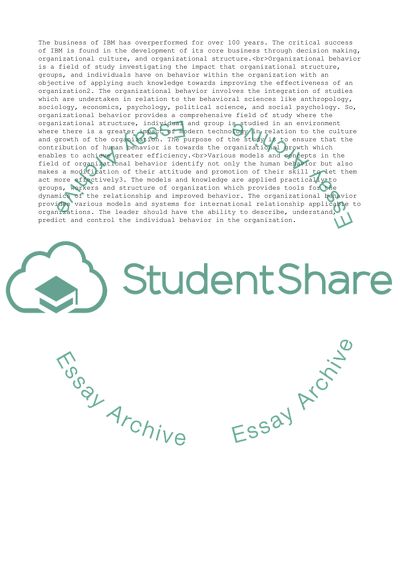Cite this document
(Behavioral Model For Organizational Efficiency Research Paper, n.d.)
Behavioral Model For Organizational Efficiency Research Paper. Retrieved from https://studentshare.org/management/1800241-organizational-behavior
Behavioral Model For Organizational Efficiency Research Paper. Retrieved from https://studentshare.org/management/1800241-organizational-behavior
(Behavioral Model For Organizational Efficiency Research Paper)
Behavioral Model For Organizational Efficiency Research Paper. https://studentshare.org/management/1800241-organizational-behavior.
Behavioral Model For Organizational Efficiency Research Paper. https://studentshare.org/management/1800241-organizational-behavior.
“Behavioral Model For Organizational Efficiency Research Paper”, n.d. https://studentshare.org/management/1800241-organizational-behavior.


